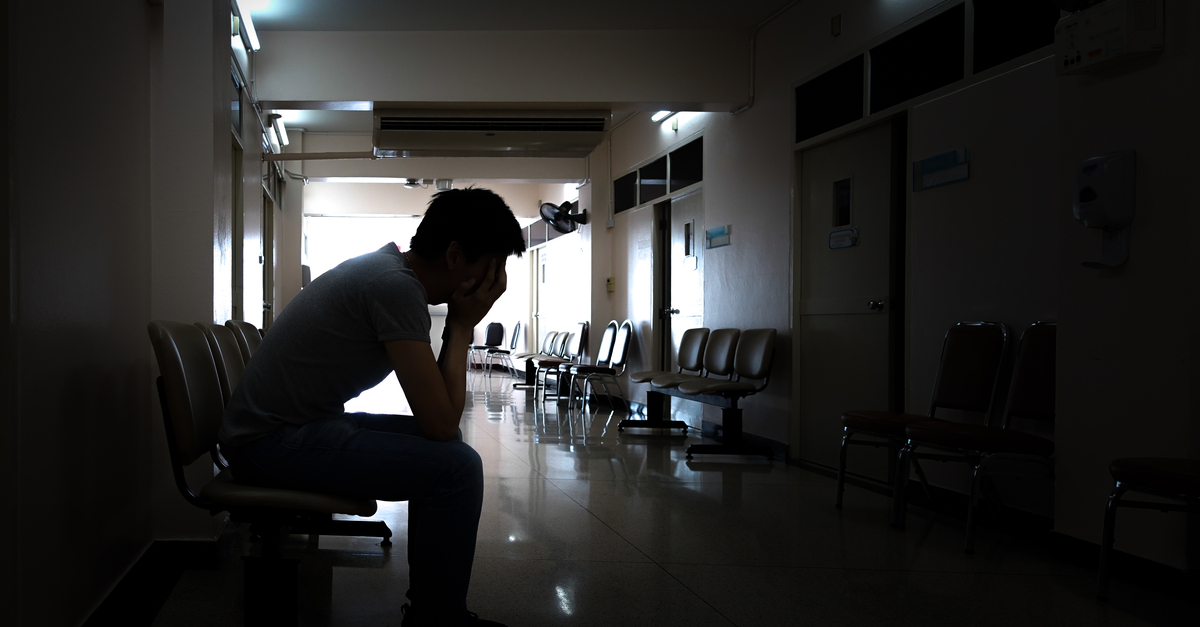
A high-risk suicidal patient is in front of you. Where do you refer them?
Background
Suicide is the leading cause of death among Australians aged 15 to 44 years.
Around 45 per cent of people who die by suicide have contact with primary care providers within one month of their death. GPs therefore play a crucial role in assessing and responding to patients experiencing mental distress and displaying signs of suicide risk.
Assessing risk
Conducting risk assessments is a challenging area of clinical practice. Nevertheless, a thorough risk assessment should inform an effective treatment plan that supports and manages patients at risk of suicide. The RACGP published a helpful summary titled ‘Mental health risk assessment: A guide for GPs‘.
For risk assessments to be effective, rapport and therapeutic alliance must be established; the patient and the GP must be mutually engaged in the work of therapy. A suicide risk assessment brings together key information about a patient’s current mental state, any current or previous risk and protective factors, key stressors contributing to risk, and a review of current supports.
It is combination of these factors and and identified warning signs that contribute to a patient’s overall level of risk for suicide. (Source: General Practice Mental Health Standards Collaboration: Suicide prevention and first aid: A guide for GPs.)
The Initial Assessment and Referral (IAR) decision support tool, which is used by our Head to Health intake team, supports GPs to make referral decisions informed by a combination of factors. More information on the IAR tool is available in the IAR snapshot (.pdf).
Be aware of the following high-risk factors:
- Patients with mental disorders who have clear and immediate plans of harm
- Patients prone to impulsivity
- Substance use
- Unstable supports
- Lack of protective factors
You assess the patient as high risk and not safe to be managed at home – what next?
Try to ensure the patient remains safely at the practice while arrangements are made. Ask a carer or staff member to sit with the patient. Do not leave them alone. Consider the following scenarios when considering where to refer this patient.
Patient consenting to treatment – public:
- Contact your local psychiatric triage service. They will arrange to assess the patient, either at your rooms or the local emergency department.
- If there is immediate risk, refer directly to the local emergency department by phoning 000 to request an ambulance.
Patient consenting to treatment – private:
- Patient must be voluntary and medically well. Admission may not be immediate, so they also need to be safe in the community for another day or 2. Contact your local intake service.
Patient not consenting to treatment:
If the patient is uncooperative with treatment, it may be necessary to enact an Assessment Order under the Mental Health Act 2014, using the Assessment Order form.
This would be considered as a last resort and only in exceptional circumstances. The criteria for an Assessment Order are:
- the person appears to have mental illness
- because the person appears to have mental illness, the person appears to need immediate treatment to prevent:
- serious deterioration in the person’s mental or physical health
- serious harm to the person or to another person
- if the person is made subject to an Assessment Order, the person can be assessed
- there is no less restrictive means reasonably available to enable the person to be assessed.
Involving the police may be necessary on occasion. For instance, if the patient threatens harm against another person. In this case:
- call 000 to request an ambulance, and try to ensure the patient remains safely at the practice while arrangements are made for transfer to a hospital emergency department
- notify the psychiatric triage.
You assess the patient’s risk as elevated, but not acute – what next?
Step 1: Refer the patient for psychological therapy and counselling:
- CAREinMIND™ Suicide Prevention Support Service
(Intake and assessment is provided by service partner On the Line.)
Phone: 1300 032 192
Secure fax: (03) 8080 8948
Hours: Every day, 7am – 9pm - Head to Health
Our mental health intake service supports GPs and their patients to access the best available mental health services.
Phone: 1800 595 212
Hours: 8.30am – 5pm Monday – Friday (except public holidays)
Step 2: Develop a safety plan. Beyond Blue provides a simple safety plan tool in its Beyond Now app.
Direct support for patients and their carers
- Lifeline: 13 11 14 | lifelineorg.au | 24/7 crisis and suicide prevention support.
- MensLine Australia: 1300 789 978 | mensline.org.au |24/7 counselling support for men.
- Suicide Call Back Service: 1300 659 467 | suicidecallbackservice.org.au | Provides 24/7 support if you or someone you know is feeling suicidal.
- QLife: 1800 184 527 | qlife.org.au|3pm–midnight daily; a peer-driven support service for LGBTIQ people and their friends and family.
- Kids Helpline: 1800 55 1800 | kidshelpline.com.au | 24/7 counselling support for your people aged 5 to 25.
Resources for GPs
- Black Dog Institute provides evidence-informed workshops, resources and networks for Australian health professionals with an interest in mental health.
 HealthPathways Melbourne provides best practice clinical information to support GPs to assess, manage and develop safety plans for patients who present with suicidality.
HealthPathways Melbourne provides best practice clinical information to support GPs to assess, manage and develop safety plans for patients who present with suicidality.




